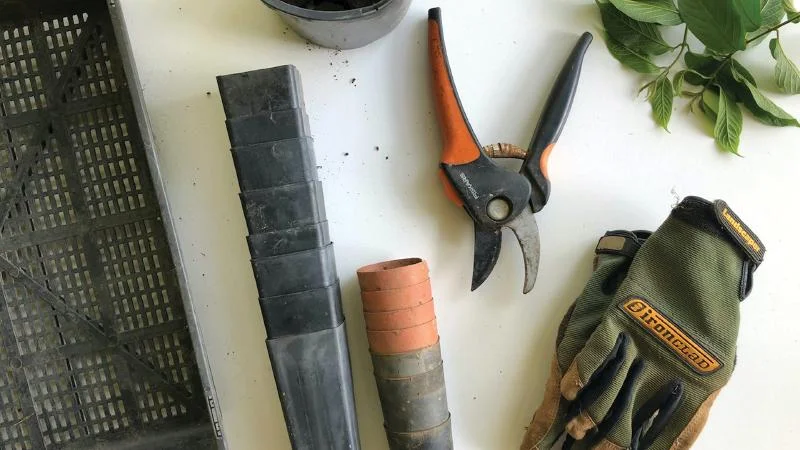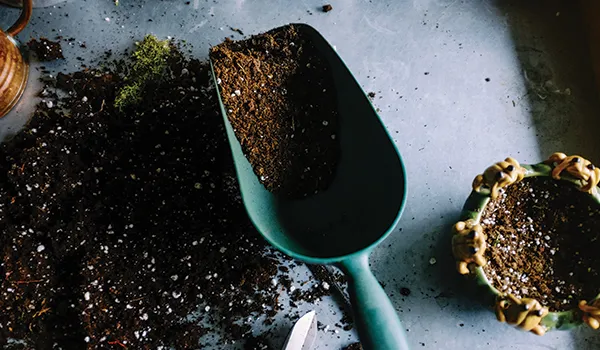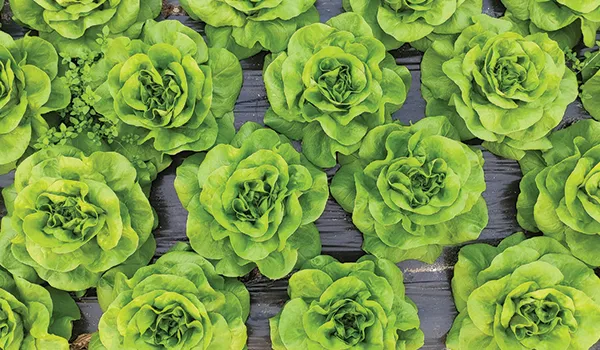GREEN THUMBS: Gardening tips for Autumn

Autumn in our climate is short – typically starting early April and extending into May.
This time of year is a LOT more comfortable to enjoy your garden than our long hot summer from December to March.
With lower humidity and cooler temperatures, many pest insects exit stage left and there are so many more plant varieties you can grow.
April and May are prime planting times for our autumn and winter crops.
We only have short seasons during autumn and winter (June/July) so it’s best to make the most of them. That means getting your timing right and being prepared to plant ASAP!
Pests and disease problems are minimal so why not take advantage of nature’s window and get planting?
To enjoy a continuous harvest rather than feast or famine, aim to ‘sow little and often’. A technique called succession planting.
By sowing a few seeds or seedlings every week or two, you are planting an ongoing supply of fresh ingredients.
With recent rain, the soil should have a good reservoir of moisture. Perfect for transplanting seedlings and fruit trees.
Pre-soaking in liquid seaweed first helps minimise transplant shock and boosts nutrients.
If you’ve missed out on moisture in your garden, make sure it is watered well prior to and after planting.
Preparing for planting

With all the summer growth, there are plenty of plants and grass clippings to provide free organic matter to make compost.
Chop and drop weeds without seeds, arrowroot, comfrey, prunings, old pumpkin or cucumber vines and other unwanted plant material.
Turn this ‘green waste’ into nutrient-rich healthy soil to feed your garden.
Re-grow free plants from kitchen scraps or recycle as compost ingredients.
Tired depleted soil won’t grow healthy plants, so prepare your pot or plot first. Learn how with 3 simple steps.
What to plant now

All your leafy greens will do well as temperatures and humidity drop. Lettuces, kale, coriander (yes, it’s finally cool enough to sow those seeds), rocket, silverbeet, rainbow chard, Asian greens and celery to name a few. Grow these herbs and leafy vegetables as microgreens for fresh fast ingredients too.
A few other crops to consider include: Peas (who can live without them?), beans, broccoli, cabbage, capsicum, cauliflower, eggplant, leeks (ready just in time for soups), nasturtiums, pineapple sage, spring onions, strawberries, zucchini and most herbs including dill and borage. Sow flowers like sweet peas, marigolds, calendula, cosmos and viola for colour and pollinators.
If you haven’t yet sown your seed potatoes or garlic, wait until a root crop day for best results and prepare your soil well now. Both these crops do best in soil rich in nutrients (plenty of compost) and mulch.
What to watch out for

Aphids, QLD fruit fly, slugs and snails (they love the wet) and you may start to see white cabbage butterflies.
Happily, you should expect to see grasshopper numbers start reducing as the temperatures become cooler!
Remember a healthy garden ecosystem includes a BALANCE of pests to predators. i.e. pest insects are part of a food chain and you need _more predators_ than pests! Plant flowers to provide nectar and pollen for bees, pollinators and beneficial predator insects. Many of these predators rely on nectar as a food source as adult insects, but their larvae eat pests like aphids and scale. Hoverflies and ladybirds are a couple of examples.
Garden Tasks this Month
- If you haven’t yet mulched your garden or potted plants, do so now. Hold valuable moisture IN for the growing season. Rainwater is rich in nitrogen whereas town water contains chlorine and fluoride chemicals that build up in the soil.
- Fertilise citrus and fruit trees if you haven’t already. New season fruits and flowers place a high demand for nutrients on your trees. Topping up the soil ‘pantry’ ensures you will
- have a bountiful harvest of sweet juicy fruits.
- Harvest your basil and make pesto before it sets seed, or save seeds for spring planting.
- Prune and remove summer crops that have finished. Use in compost, liquid feeds or as mulch.
Helpful Gardening Resources
- Subtropical Planting Guide – Designed specifically for our local climate’s five seasons.
- Moon Calendar Gardening Guide – Work with the moon’s cycles each month for optimum planting times.
- Microgreens Growing Guide Chart – A comprehensive guide to growing a wide variety of herbs and vegetables.
- Guide to Using Kitchen Herbs for Health – How to guide on growing and using 25 kitchen and medicinal herbs.
- Seed Starting Guide: Quick Tips for Starting Seeds Successfully – Everything you need to know!
- Design Tips for a Productive Kitchen Garden
If you haven’t already, I invite you to join my free newsletter for more monthly tips.
Happy gardening and enjoy the harvest!

Cheers, Anne
About our Contributor: Anne is a speaker, author, workshop facilitator, organic gardening coach and educator. In 2017, Anne won the Sunshine Coast Sustainable Business Woman of the Year Award. Anne is passionate about inspiring people to improve their health by growing nutrient-dense food in small spaces and offers a home visit consultation service for one-on-one learning. With a focus on sustainable practices and working with nature, she shares free organic gardening tips and tutorials to save time, money and energy at themicrogardener.com.
This story was originally published on Living Smart and has been republished with permission.